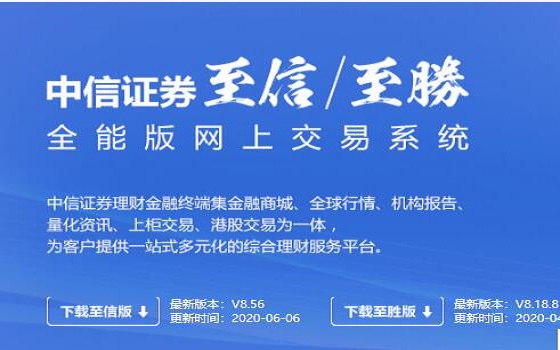Macro Monday:Questions on macro data and capital flows
Another risk-off week: Global markets suffered the worst year-beginningand China is no exception. Last week H-shares tumbled 7% to the lowestlevel since Oct 2011. A-shares shed another 9%, breaking 3,000. On thecurrency front, after data released on Jan 7 showing a record high drop in FXreserves in Dec, the PBoC stepped up intervention on Jan 11 and the Yuanstabilized after that. On the other hand, due to very weak investor confidence,last Friday the HKD slumped to a four-year low of 7.795 (Fig 39), although thechance of de-peg is very low, in our view. Indeed, global risk appetite is at avery low level now; US 10y Treasury yield fell to the lowest since last Oct,while oil prices broke below US$30/bl for the first time in 12 years.
Stabilized, albeit soft, data: Last week, China released Dec’s trade andcredit data (details on the left). Given all the market turbulence these days,investors are looking closely at these data to find any sign of recession in theworld’s 2nd largest economy. However, recent data seem to suggest a stable,albeit soft, economy. Credit data is ok with 13.3% M2 growth in 2015 (vs.
12.2% in 2014). Although the PBoC is under much criticism, it actually did afairly good job in maintaining stable interbank rates since last Aug (Fig 33)despite unprecedented capital outflows. This week, all eyes will be on China’s4Q GDP data, due this Tuesday and our expectation is 7.0% yoy.
Positive Dec trade data, but not sustainable: In Dec, both exports andimports surprised to the upside. However, we would not read too much into it.
First, trade data are notoriously volatile. Second, the global economic outlookstill looks pretty sluggish. China ended 2015 with very weak export growth,which dropped by 3%. Nonetheless, its share in global exports continues torise despite a relatively strong RMB. Interestingly, detailed data also shows arise of potential fake trade activities, such as a 65% yoy surge in imports fromHK. Back in early 2013, when people bet on one-way RMB appreciation,exports to HK were inflated to facilitate the flow of hot money into China. Thistime it’s just the opposite.
Two questions on capital flows: Over all the past week we kept receivingrequests on China’s capital flows. Below are two of them. First, is it correct tosay that the PBoC spent over US$100bn to intervene in the market in Dec? Isit a burden to the PBoC and how long could it last? In our view, it’s amisunderstanding. To be sure, currency intervention does cost FX reserves,but it only accounts for a tiny part in the drop of FX reserves. The majority isdue to meeting the FX demand from corporates (to a lesser extent,households). Actually, if the PBoC really wants to minimize the drop of FXreserves, it should guide the RMB stable like last Sep; then FX reserveswould start improving very soon. Indeed, for capital outflows, the PBoC mostlycares about its impact on domestic liquidity. If domestic liquidity is stable, adrop of US$400-500bn in FX reserves is actually desirable. After all, what isthe use of keeping US$4tn FX reserves forever? Second, is the real risk forRMB depreciation lying in servicing dollar debt, like Thailand in 1997? Wedon’t think so. Up until 3Q15, China did have US$1.5tn foreign debt, but 47%was denominated in RMB, which is without currency mismatch. In total, Chinahad around US$650bn dollar debt then. Even if all dollar debt was unhedged,10% depreciation would cause a loss of US$64bn. For a large country likeChina, the risk at the macro level is very limited.
- ·2019年9月财政数据点评:支出大幅增长 基建投向分化 2019-10-18
- ·9月&3季度经济数据点评:9月我国工业增加值表现回暖 2019-10-18
- ·9月经济数据点评:6%的信号 2019-10-18
- ·2019年9月主要经济数据点评:下行压力释放 未来企稳可期 2019-10-18
- ·宏观研究:GDP6.0后的政策抉择 2019-10-18
- ·九月房地产投资数据分析:投资回落趋缓 销售趋于好转 2019-10-18










